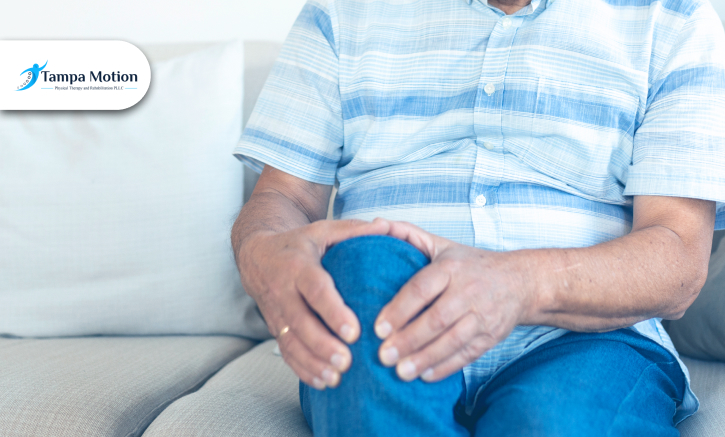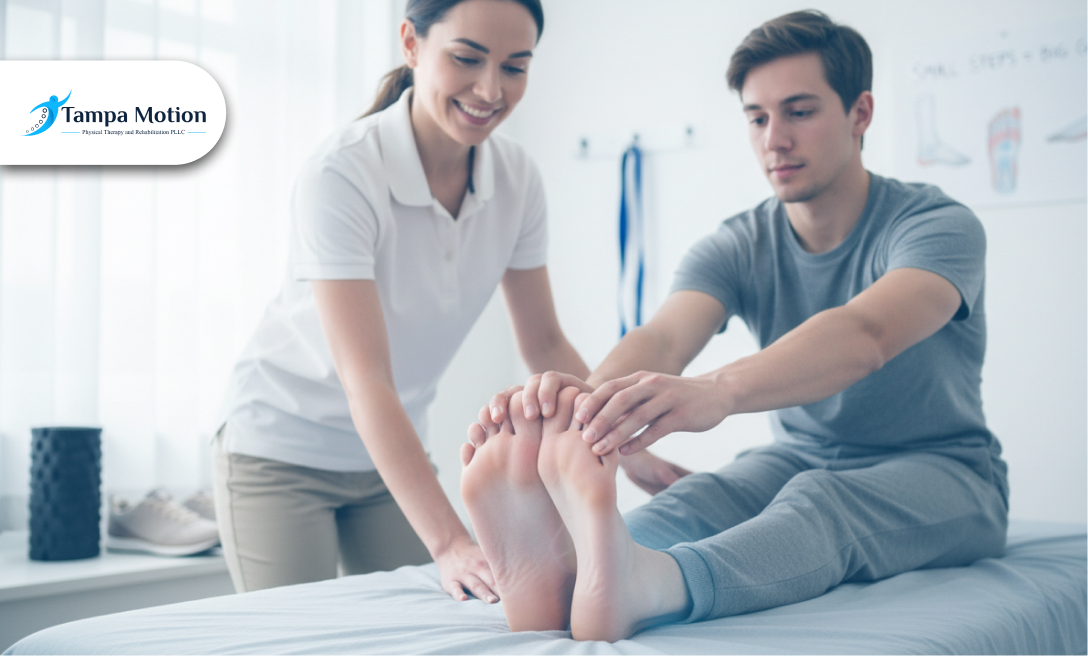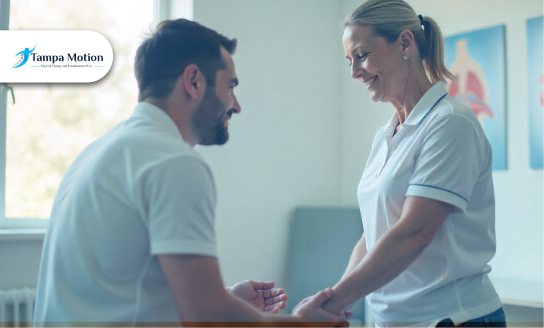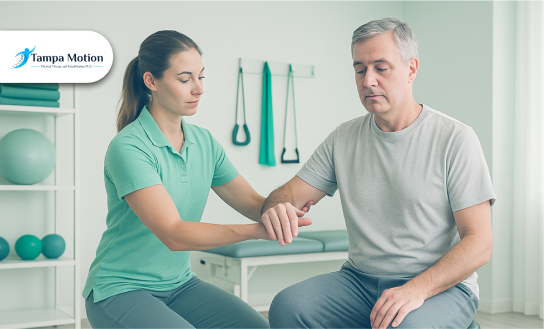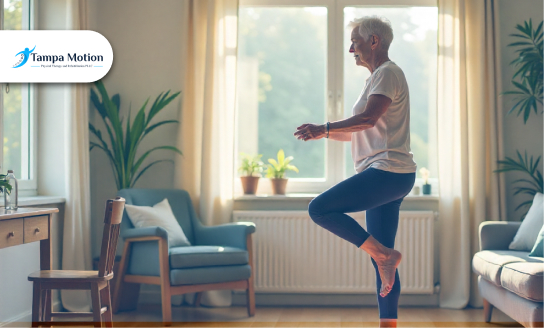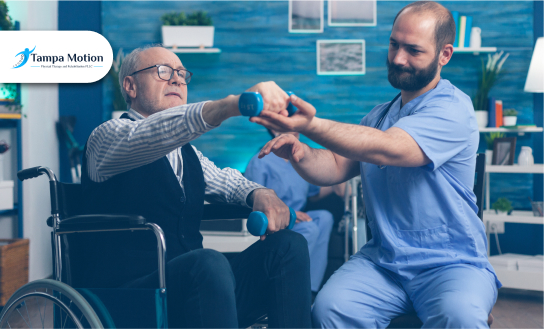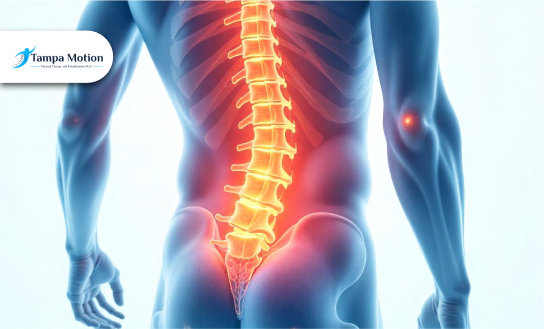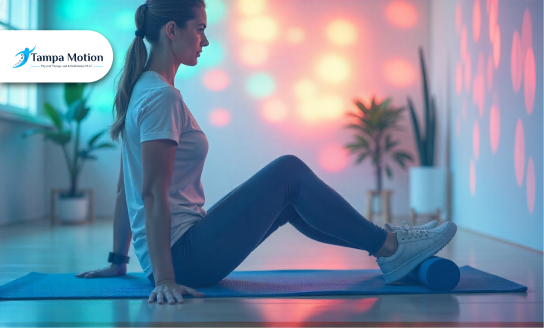
What is Manual Lymphatic Drainage & Who Needs It?
September 7, 2025
What is Manual Lymphatic Drainage & Who Needs It?
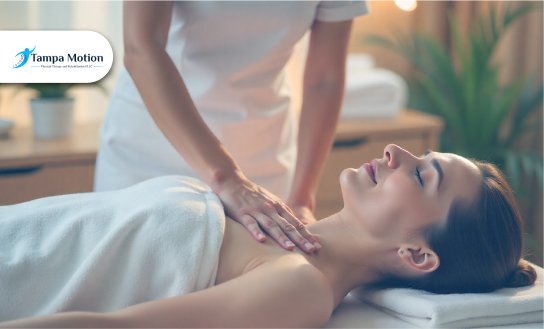
The room is still except for the rhythmic sweep of practiced hands, tracing deliberate paths across the skin. The movements are light, almost imperceptible, yet each one follows a map invisible to the eye. This is manual lymphatic drainage, a therapy that has been quietly changing the way people heal and recover. It does not work by force, it coaxes one of the body’s most overlooked systems into motion.
Patients come seeking relief from swelling, faster recovery after surgery, or a renewed sense of vitality. What happens next, as the body responds to this gentle ritual, is both deeply physiological and surprisingly transformative. The question is, why does such a subtle touch have such profound effects?
1) What Exactly Is Manual Lymphatic Drainage?
Manual lymphatic drainage began as a careful observation, and a method, developed in the 1930s by Emil and Estrid Vodder while they studied swollen lymph nodes on the French Riviera, then taught the technique across Europe as lymphology gained shape.
MLD is intentional and spare, not forceful. Therapists use light, rhythmic, skin-stretching strokes that follow the superficial lymphatic pathways. Each motion is designed to coax pooled fluid toward functioning nodes so it can be cleared.
Unlike traditional massage that targets muscle relaxation, MLD is specifically designed to enhance lymph flow, reduce edema, and support the body’s natural drainage processes.
The FDA recognizes related devices, such as pneumatic compression systems, which complement MLD by safely stimulating lymph movement under clinical supervision.
Sessions often start by "clearing" proximal nodes before moving toward the affected area, allowing fluid to reroute gradually. MLD can improve circulation, alleviate pain, and enhance quality of life for patients with lymphedema or post-surgical swelling.
For instance, a study highlighted the positive effects of MLD combined with compression therapy on breast cancer patients experiencing lymphedema following surgery and radiotherapy.
What sets MLD apart from traditional massage is its pressure, its anatomical intent, and its measurable goals, recovery and drainage, rather than muscle release alone.
Next, we will look at how the body actually responds to this measured touch, the physiology that turns gentle strokes into meaningful healing.
2) Healing, One Gentle Push at a Time
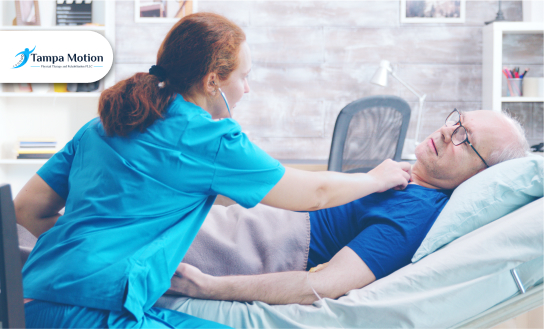
Research suggests that MLD promotes reduction in swelling and inflammation by enhancing lymphatic contractility, rerouting fluid through unobstructed pathways, and supporting the uptake of interstitial fluid without provoking additional irritation.
This gentle encouragement of fluid clearance also supports immune function. It helps lymph nodes filter debris and may mobilize immune cells. In doing so, MLD can aid recovery from surgery or illness.
Behind these results is the expertise of trained practitioners. They study anatomical pathways, knowing exactly where lymph nodes lie. They understand how lymph channels crisscross beneath the skin. With this knowledge, they apply strokes that truly meet physiological intent.
That expertise is validated through certification. Courses such as CMLDT and CLT require 40 to 135 hours of training. They cover lymphatic anatomy, contraindications, hands-on technique, and safety protocols.
This training ensures practitioners deliver MLD with precision, confidence, and clinical integrity as a wellness spa service and also as a therapeutic tool rooted in anatomy and physiology.
Next, we’ll explore precisely who benefits most from this therapy painting the picture of recovery through lymphatic care.
3) Who Really Needs This? (More People Than You Think)
Manual lymphatic drainage serves a wide range of people, each drawn by distinct needs, united by the goal of easing the body’s burden.
Post-Surgery Recovery
For those recovering from surgery, whether cosmetic procedures like facelifts and liposuction or orthopedic operations, MLD offers a way to reduce swelling and speed healing. The therapy gently redirects trapped fluid, softening bruises and helping patients move more comfortably during recovery.
Lymphedema Management
Cancer survivors face unique challenges, especially after lymph node removal. Lymphedema, a painful, persistent swelling, can limit mobility and quality of life. Here, MLD stands as a cornerstone of management, encouraging fluid flow when the body’s natural pathways have been disrupted.
Athletes
Sportspeople turn to MLD as part of their recovery arsenal. After intense training or injury, reducing inflammation and flushing metabolic waste can shave days off healing time, getting them back to peak performance faster.
Chronic Conditions
Long-term conditions such as fibromyalgia, chronic fatigue syndrome, and inflammatory disorders also find relief in MLD’s calming touch. By alleviating fluid buildup and promoting circulation, patients often report reduced pain and greater energy.
Wellness Seekers
Even health enthusiasts who are not managing illness or injury seek MLD for its detoxifying and immune-boosting effects. Regular sessions offer a chance to clear stagnation, refresh the body’s systems, and cultivate a deeper sense of balance.
Next, we will guide you through what to expect during a typical session, demystifying the experience for first-timers and seasoned clients alike.
4) What to Expect During a Session

A manual lymphatic drainage session begins with a thorough consultation. The therapist asks about medical history, current concerns, and any areas of swelling or discomfort. This careful intake ensures treatment is tailored and safe.
During the session, clients lie comfortably, often fully clothed or draped with light linens. The therapist uses gentle, deliberate strokes that follow precise lymphatic pathways.
These movements start near major lymph nodes to “clear the way” before addressing affected regions. Sessions typically last between 30 to 60 minutes, depending on individual needs.
Clients often describe the experience as soothing and relaxing, with some noticing immediate relief from heaviness or tension. After treatment, a mild sense of lightness or warmth is common as the body begins to respond.
Safety remains paramount. MLD should be avoided in cases of active infections, blood clots, congestive heart failure, or untreated cancer without medical approval. Practitioners carefully screen for these conditions to protect clients.
Next, we will explore how Tampa Motion brings this specialized therapy to its clients, combining expertise and personalized care for optimal results.
5) How Tampa Motion Does MLD Their Way
Tampa Motion’s manual lymphatic drainage is more than a treatment; it is a carefully built experience designed to support healing and long-term wellness. The clinic combines skilled therapists, integrated therapies, and personalized care to help clients navigate recovery with confidence and comfort.
Expert Therapists: Each therapist holds advanced certification in manual lymphatic drainage with specialized training in post-surgical care and chronic condition support.
Integrated Treatments: MLD is combined with other therapies such as therapeutic massage, physical rehabilitation, and mobility exercises to address swelling, pain, and movement issues comprehensively.
Personalized Care Plans: Every client receives a customized treatment plan tailored to their unique medical history, recovery goals, and lifestyle needs.
Focus on Safety and Results: Tampa Motion prioritizes safe practice and measurable outcomes through ongoing assessment and adjustment of therapies.
Client Partnership: The clinic fosters a collaborative relationship, ensuring clients feel informed, comfortable, and involved throughout their healing journey.
Circulate Toward Better Health with Tampa Motion’s Care Plan

Manual lymphatic drainage may seem gentle, even simple, yet its impact runs deep. By encouraging the body’s own systems to move freely and efficiently, it helps clear blockages that can slow healing and weigh down daily life.
This therapy reaches beyond the immediate goal of recovery. It invites a broader commitment to wellness, a way to nurture the body’s balance and resilience over time.
For anyone facing surgery, chronic conditions, or simply seeking a proactive approach to health, MLD offers a quiet yet powerful support. Tampa Motion welcomes you to experience this therapy firsthand.
Schedule a consultation and discover how gentle touch can open new pathways to lasting well-being.
Recent Blogs
